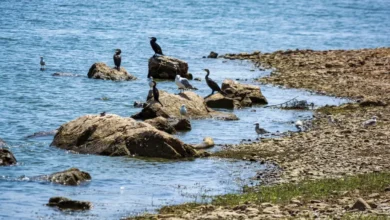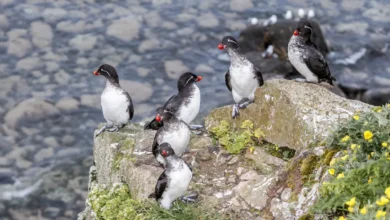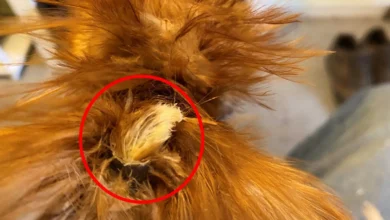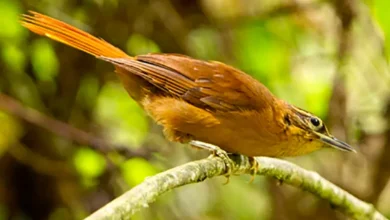The Southern Hill Mynas or Lesser Hill Myna (Gracula indica, formerly Gracula religiosa indica) belongs to the family of Starlings. This race found in the Western Ghats of India and in Sri Lanka, has been split off as a separate species. (Ref. Birds of India by Grimmett, Inskipp and Inskipp, ISBN 0-691-04910-6).

Description
They average 29 cm or 11.4 inches in length and have a glossy black plumage with an iridescent purple, turquoise and green.
They have bright yellow wattles (loose folds of skin) under their eyes and a bright orange beak that fades to yellow at the tip.There’s a band of white across each wing. The legs and feet are yellow.
Immature Hill Mynas look like the adults but the plumage is duller until they have gone through the first molt. The beak is duller as well.
Males and females look alike.
Calls / Vocalizations
These noisy birds seem omnipresent in our forests with a variety of loud shrieks and calls. Pet mynas are excellent mimics of various sounds, including human speech.
Hill Mynas are prized for their vocal skills for hundreds of years. Even though all Hill Mynas are capable of human speech, some are better than others. Some are able to talk with the same tones and clarity of speech as the human voice they mimic. The Hill Mynah has been described as the best talking bird in the world, indeed the champion of mimics.
Lesser Hill Mynas or Southern Hill Mynas (Gracula religiosa indica) are also capable of learning words and phrases, but their voice has a higher pitch and they don’t have the tone ranges needed to imitate human voice as well as the Greater Indian Hill and Common Hill Mynas.

Diet / Feeding
Southern Hill Mynas feed on ripened fruit, especially figs. They also eat berries and seeds from a wide variety of trees and shrubs, and nectar from several kinds of flowers.
Occasionally they eat insects from the foliage of trees and termites. They may also eat a small lizard or other small mammal to feed to their babies during breeding season. Mynah breeders offer meal worms for this purpose.



